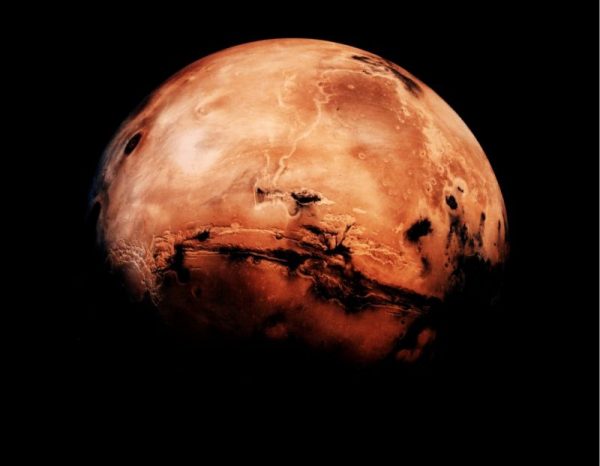Almost every sci-fi story begins (and sometimes ends) with the terraforming of Mars to turn it into a more hospitable world. But with its frigid temperatures, remoteness from the sun and general dustiness, changing Mars to be more Earth-like is more challenging than it seems (and it already seems pretty tough).
The thing is, Mars used to be cool. And by cool, I mean warm. Billions of years ago, Mars had a thick, carbon-rich atmosphere, lakes and oceans of liquid water, and probably even white fluffy clouds. And this was at a time when our sun was smaller and weaker, but occasionally much more violent than it is today — in other words, our solar system is a much more favorable place for life now than it was 3 billion years ago, and yet Mars is red and dead.
Sadly, Mars was doomed from the start. It’s smaller than Earth, which means it cooled off much faster. The core of our planet is still molten, and that spinning blob of iron-rich goo in the center of Earth powers our strong magnetic field. The magnetic field is a literal force field, capable of stopping and deflecting the solar wind, which is a never-ending stream of high-energy particles blasting out of the sun.



